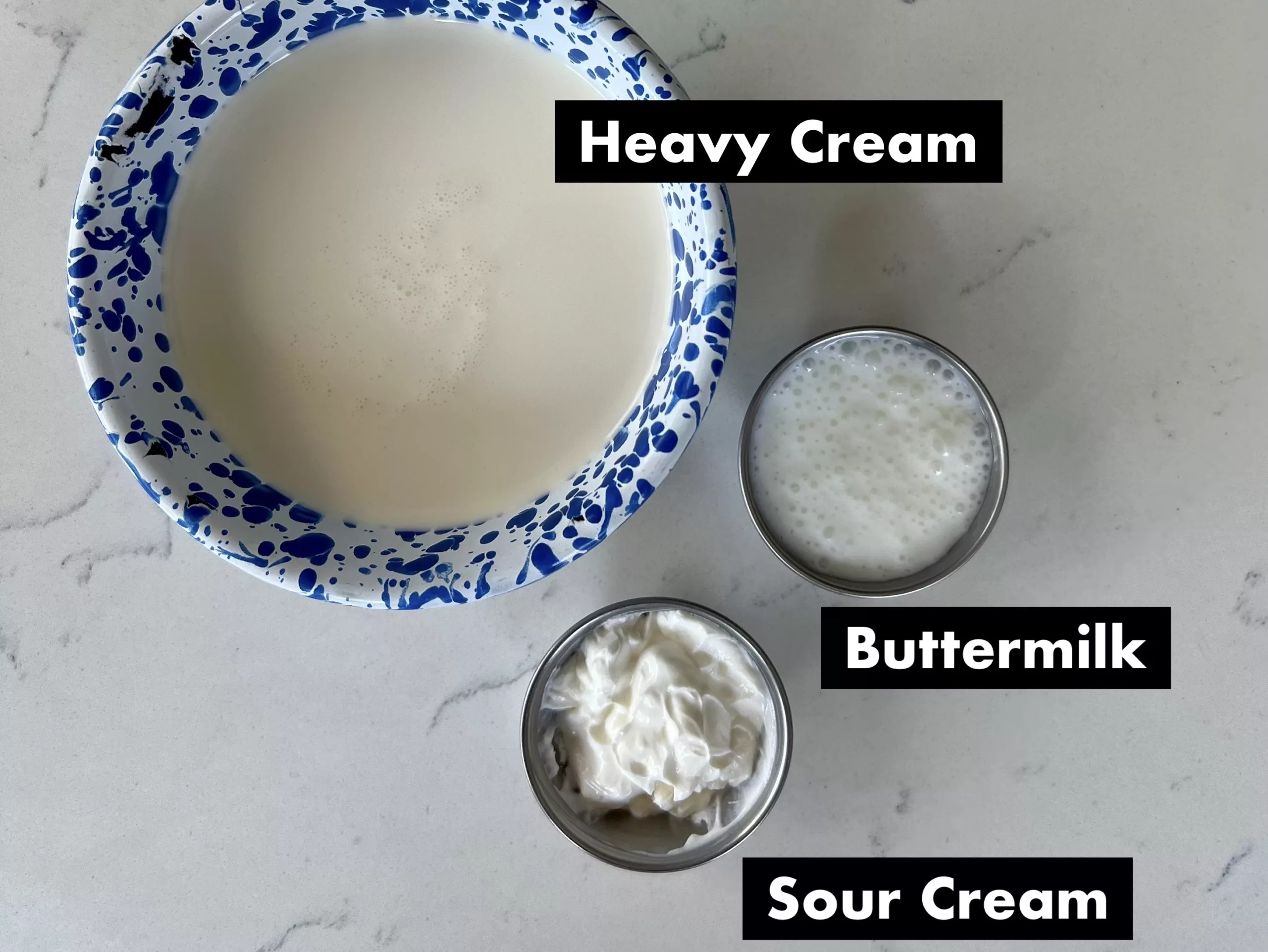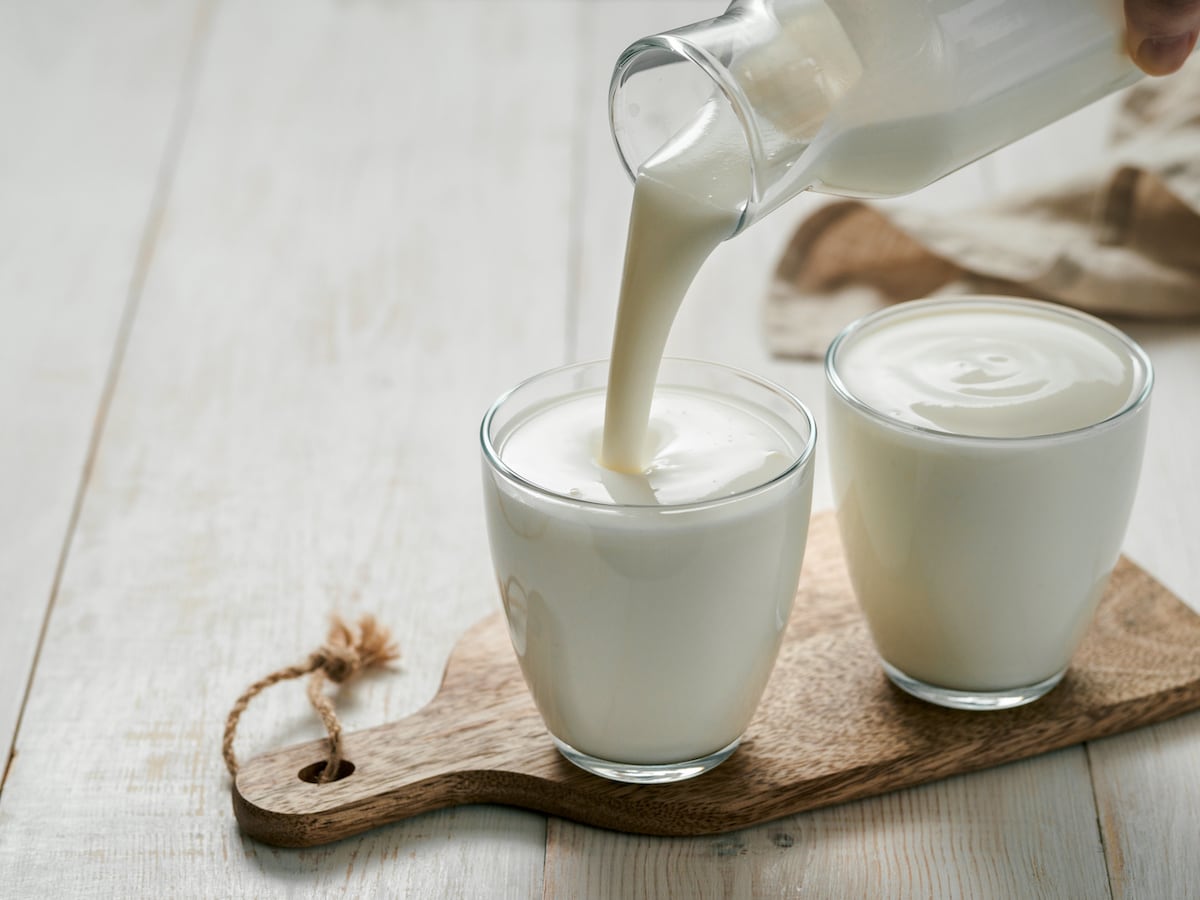Buttermilk vs Heavy Cream: The Key Differences Explored
– Heavy cream contains an average of 36% fat, while buttermilk only has 1% fat.
– Buttermilk has a tart flavor due to fermentation and is more acidic than heavy cream.
– Buttermilk is better for tenderizing meat due to its high acidity and can be used as a marinade or brine.
– Buttermilk is also better for leavening baked goods when combined with baking soda.
– Heavy cream does not react with baking soda and is used to thicken or whiten sauces, soups, and puddings.
– Both buttermilk and heavy cream have longer shelf lives in the refrigerator compared to whole milk or nonfat milk. Buttermilk can last several days to 2 weeks beyond. Buttermilk can stay fresh for up to 3 months if stored in the freezer. Signs of spoiled buttermilk include a strong, sour smell, visible chunks or mold, and overall discoloration.
– Heavy cream can stay fresh in the refrigerator for up to 4 weeks and can also be frozen for several months. Heavy cream should be discarded if it starts to thicken, forms lumps, or has a foul smell, as these indicate spoilage.

